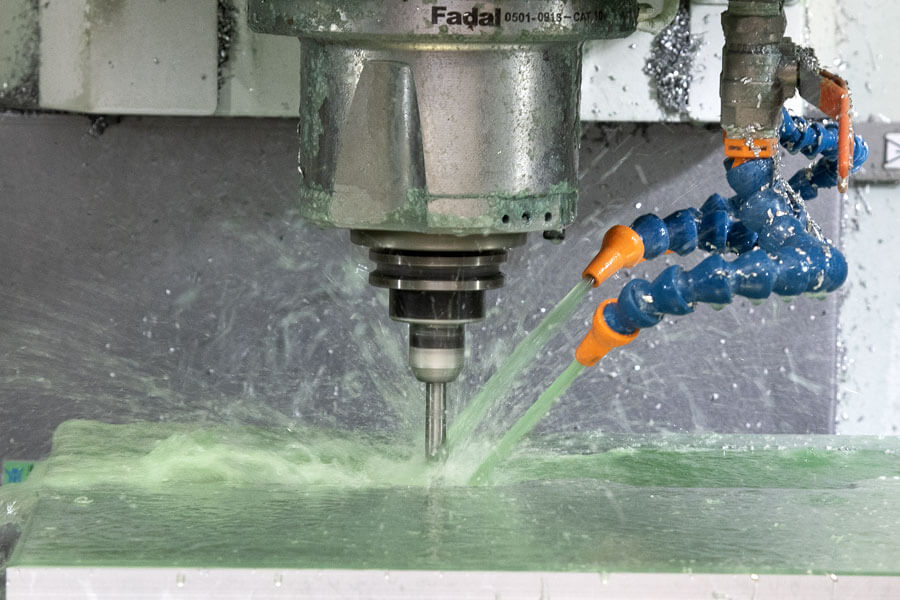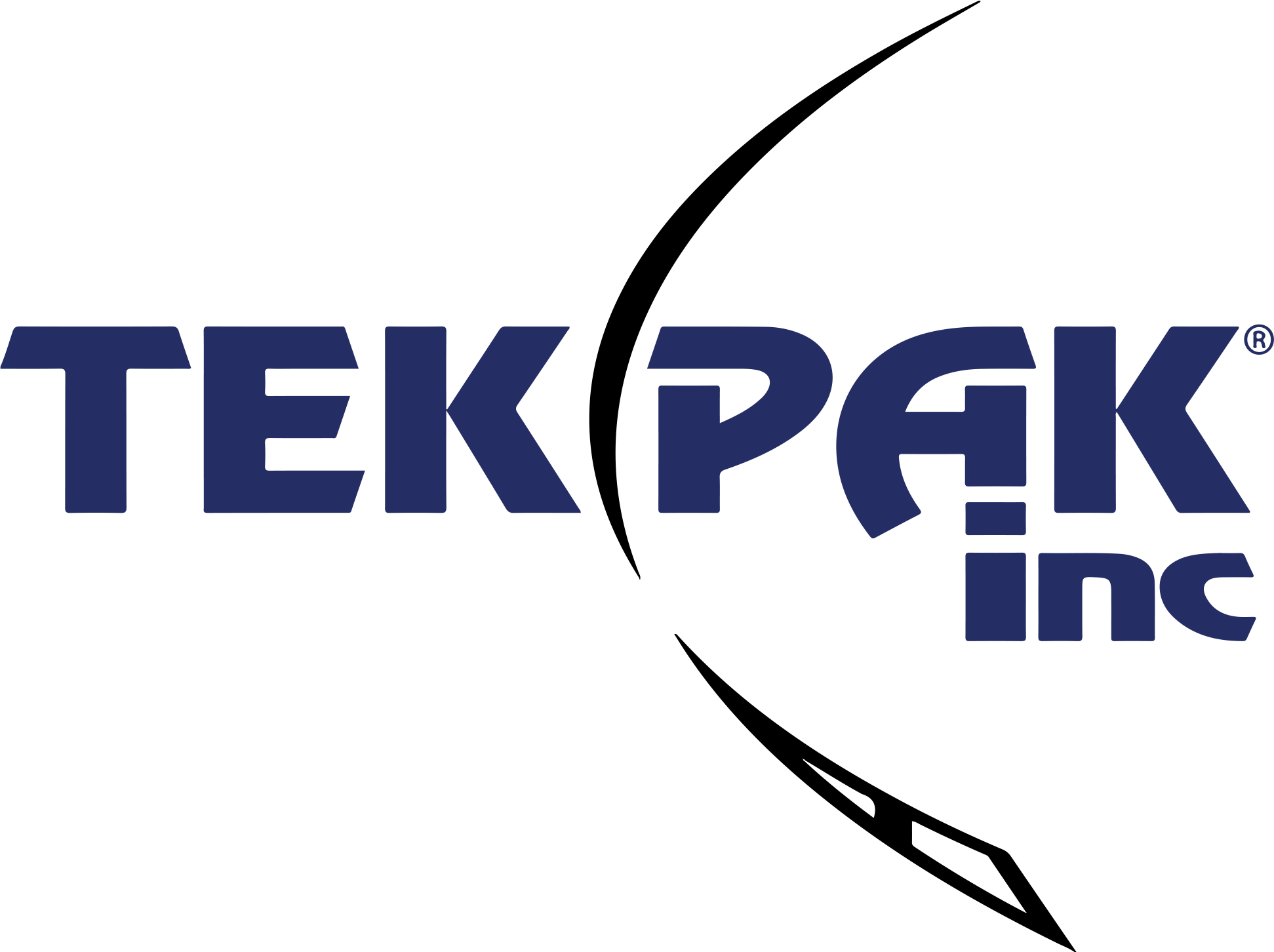Library

Technical Information
Our Resource Library provides a robust collection of Technical Information based on our industry, products, production, and more. Below, you will find a collection of industry-related resources with segments that will highlight and enlighten areas of expertise, product production, and industry news.
Our Resources
-
Tape and Reel | Semiconductor Digest
The tape-and-reel process is typically the final step in semiconductor packaging, and it can substantially affect yield and impact a manufacturer's bottom line. Tape-and-reel technology has stabilized in recent years, however, and system performance has reached a peak.
READ the article
-
Fast Thermoform Prototype and Production Tooling Built to Your Specifications
With our streamlined processes, we can create single-cavity prototype molds in
three weeks and multi-cavity production tooling in only eight weeks, ensuring you
stay ahead of your schedule and market demands. We can create production
molds up to 34 in. x 34 in. x 5 in. with various coatings and features, such as
water-cooled cavities, moving plug assist, and air-actuated clamps and strippers.VIEW the pdf
-
Thermoforming 101: The Science of Shaping The Packaging We Use
The protective packaging on your microwave dinner, nonconductive trays cradling an electronic component, and packaging safeguarding medical devices all depend on the thermoforming process to create packaging shaped to secure and protect the product. The versatility and cost-effectiveness make this plastic molding process popular across industries.
VIEW the pdf
-
CMT Materials - Plug Assist Thermoforming
As experts in the thermoforming industry, we can tell you that precision is everything. One of the many ways we accomplish this is through the use of plug-assist thermoforming. To learn more about plug-assist thermoforming and why we find it so crucial to our process, take a look at this informative resource from our vendor, CMT.
-
Thermoforming vs. Injection Molding?
Thermoforming is a process that involves sheets of plastic that are either a single unit being fed into a forming machine or a roll of plastic that is fed into a continuous feed machine. The plastic is heated, hence the term “thermo” and then a mold is pressed on the plastic. Injection molding takes pellets of plastic and melts them. Then, the melted plastic is forced/injected into a mold to form the part. Both are highly effective processes that serve different needs in the market.
-
Is Thermoforming The Same Thing as Vacuum Forming?
Vacuum forming is a type of thermoforming but not all thermoforming is done by vacuum. The thickness of the part often determines what type of thermoforming process is used. In the case of vacuum forming, it is often the process of choice when a part needs to be large and thick. Vacuum forming can form items as large as 8’ by 10’ with a draw (thickness) of up to 40”. In the thermoforming process, a plastic sheet is heated and then pressed into or onto a mold. The mold is the outline of the part to be made. After the warmed sheet is pressed into the mold, vacuum forming adds an additional step by applying vacuum pressure to assist in the forming of the part as the thick warmed plastic is pressed into the mold.
-
Static Electricity
Denoting or pertaining to electricity at rest. How simple and inadequate this definition is of a phenomenon that creates problems that cost the industry millions of dollars per year. A clearer understanding can be gained by explaining lightning. Static electricity in the atmosphere remains at rest until the potential gradient between clouds reaches a level that causes the insulator between clouds, in this case, air, to break down or fail, and lightning is created to equalize the potential gradient. For the brief instant the lightning flashes, the static electricity is no longer at rest.
-
How Static Affects Product Quality
Static electricity is a well-known but little understood phenomenon that affects many industries and diverse environments. It can be something of a phantom - impossible to see, touch, or smell. However, the results of static charge buildup are quite noticeable. These results include potentially dangerous electrical shocks which can cause decreases in productivity, machinery jams, fires, and explosions. Static charges can also cause severe damage to sensitive electronic components, requiring costly rework and/or field service repair.
-
Four Approaches to Controlling Plastics ESD
Static electricity is a little like a bomb waiting to explode. Its energy, therefore, must be managed. The relevant question is: How can a material respond to electrical energy as a shock absorber reacts to mechanical energy? Or, foam rubber to audio energy? Or, more specifically, how far should resistance to electron flow be lowered?
-
Electrostatic Discharge (ESD)
The topic of electrostatic discharge (ESD) with regard to plastic packaging of electrically sensitive devices is technically complex. A large amount of research has been performed in this area and experts are still conducting research to further the understanding of the phenomena involved and to develop more reliable and useful testing methods. However, the basic tenets of ESD protection relating to plastic packaging have been well established and are currently being utilized by the industry.
Industry News/Resources
-
Packing World | Approaching A 'Holy Grail' of Food-Grade, Film-to-Film Recycling?
Article Excerpt:
"Considering that you’re now browsing Packaging World magazine's website, chances are good that you’re with a brand owner or CPG company in a capacity related to packaging operations."
READ the Article
DID YOU KNOW
The topic of electrostatic discharge (ESD) with regard to plastic packaging of electrically sensitive devices is technically complex. A large amount of research has been performed in this area and experts are still conducting research to further the understanding of the phenomena involved and to develop more reliable and useful testing methods.
Want to Talk?
Our knowledgeable staff is available to answer your technical questions, provide quotes, and coordinate your designs with our engineering staff. Please call us at: (630) 406-0560, or if you like please fill out the form on this page.

